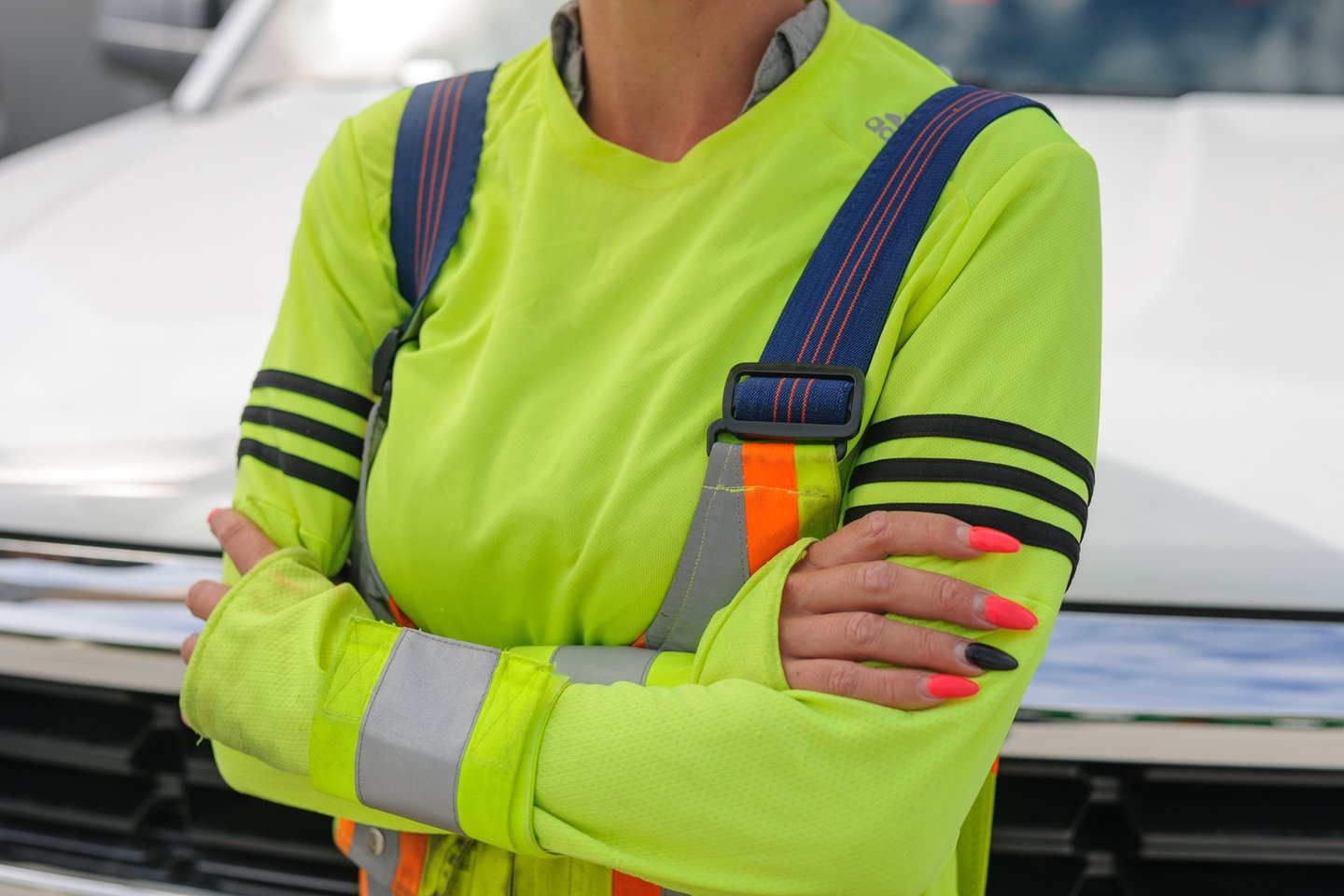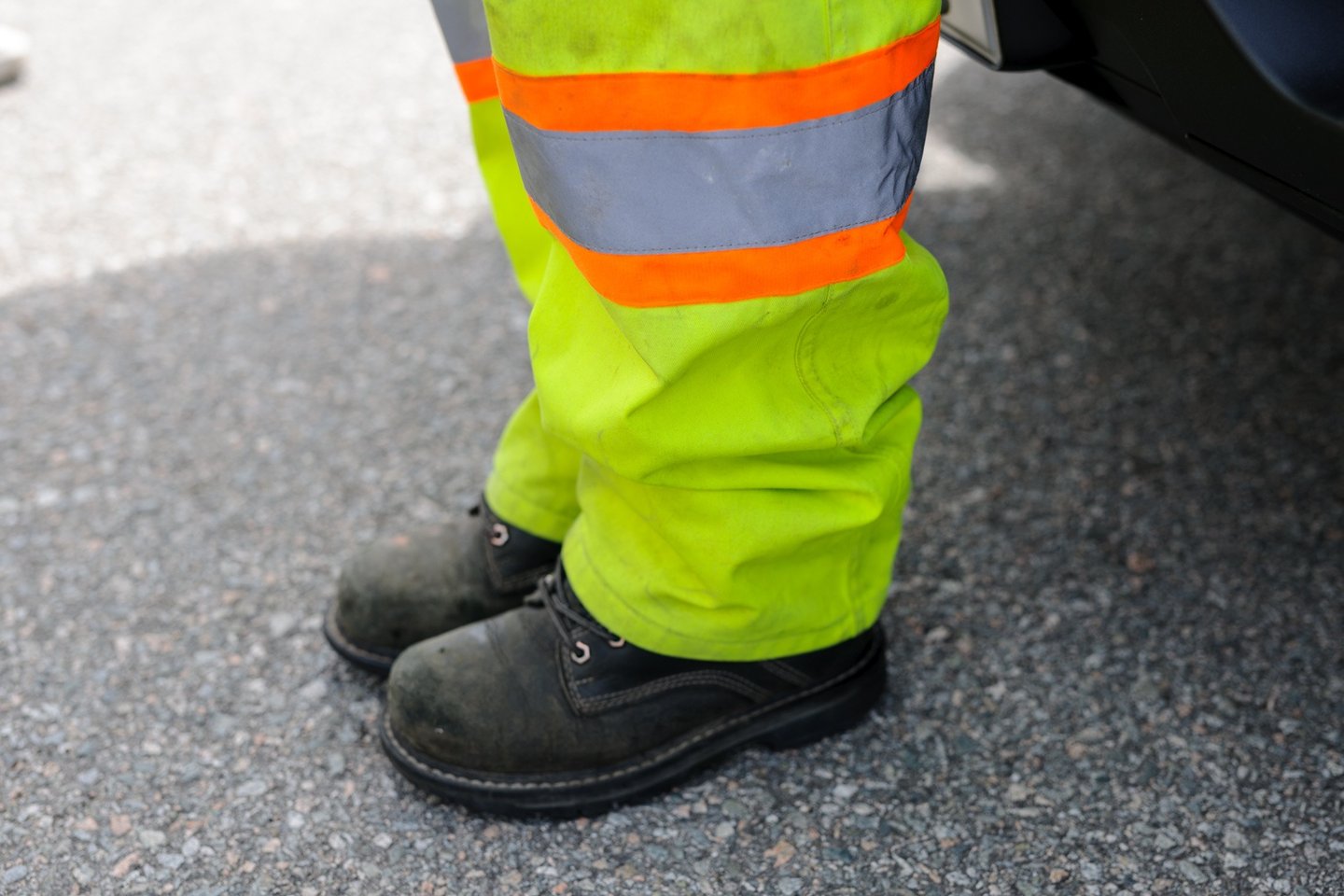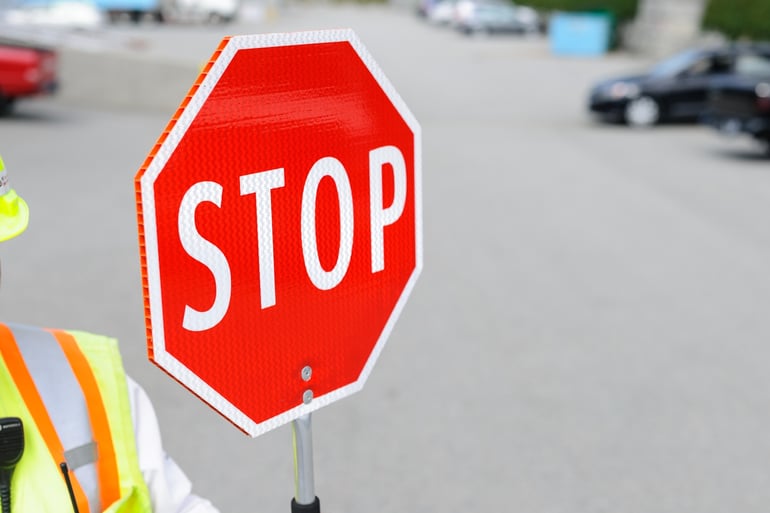In every construction site on the road, you will see people with traffic signs and safety vests controlling the directions of pedestrians and automobiles. They are known as Traffic Control Person (TCPs), or flaggers. Even though you’ve come across them frequently, you might not be familiar with what their responsibilities are and how much authority they have on the road. They are critical resources for keeping our roads and pedestrians safe, so it’s good to know what their job entails. Here is a little guide.
Use of a Traffic Control Person

Traffic Control Person’s (TCPs or Flaggers) are required by law to maintain control over pedestrians, workers, vehicles and equipment; minimizing the impact which any work zone may have on the regular flow of traffic. Section 18.6 (2) of the Worksafe BC’s Occupational Health and Safety Regulation outlines several instances where TCPs must be used when:
- It is necessary to institute a one-way traffic system by or through a work zone, and the circumstances do not allow self-regulating single lane traffic controlled by signs and other devices.
- Work-related traffic cannot safely self-regulate to move in or out of the work area or safely coordinate with other traffic.
- An existing traffic control system, or an existing traffic signal light system, is not adequate to regulate traffic.
- The work encroaches into an intersection so as to interfere with regular traffic movement.
- Traffic speed or volume is a hazard to workers while setting up or removing other traffic control devicess.
- Other traffic control devices are not available in an emergency situation.
This Ministry of Transportation’s: Traffic Control Manual for Work on Roadways sums this up by saying that any work that requires traffic to be moved through or around work on or next to a roadway is required to have traffic control.
TCPs are trained in a 2-day course administered by the British Columbia Construction Safety Alliance (BCCSA) and must abide by the laws governing traffic control in B.C. Often, we see construction workers or security guards directing traffic instead of a TCP and this may be due to the construction worker being certified, or the security guard directing traffic on a private property and not on the roadway. Under no circumstance can a worker direct traffic without being certified by the BCCSA.
Responsibilities of a Traffic Control Person

As long as there is work to be done, TCPs are required to preform their duties in all types of situations and weather conditions, ensuring the safety of workers and public alike. Sometimes standing in the elements for 10 to 12 hours, they are also required to stay vigilant and alert; keeping a watchful eye on all hazards that may arise. Safety is a Traffic Control Person’s top priority, and with that comes significant responsibilities.
- Every time a TCP steps on the road, they must complete a field level hazard assessment of the job site and share this information at the Tailgate meetings held there.
- They must understand and implement traffic management plans and set up traffic control devices (cones, signs, etc.).
- Throughout the day they must assess hazards and locate escape routes. * This point is critical as accidents involving TCPs are serious and happen too often due to the carelessness of drivers, having a viable escape route can save their life in emergency situations.
- It is important that they understand the hand signals the equipment operators and truck drivers use and communicate with workers on site.
- Sometimes the public is impacted by construction impeding walking routes, and TCPs should communicate with the public any changes that impede their normal route.
- Visibility is the key to safety when on the road, and TCPs must be visible to the public and workers. They can remain visible by always wearing their hi-vis gear and making sure their stop sign and signage is up and ready to warn oncoming vehicles of their presence.
Authority of a Traffic Control Person

While in construction zones, most motorists want to hurry along and may not want to obey TCPs, but the law requires them to do so. TCP’s have the authority to direct traffic under the Motor Vehicle Act, Part 3, Section 122, 138, 139, 141, 141.1 and 142. For their safety, and the safety of others, motorists and pedestrians must obey the directions of a Traffic Control Person.
Road Users’ Behaviour

Being stuck in traffic is stressful and irritating for a lot of drivers, causing them to take it out on the workers that are directing traffic and "slowing down" their day. It is important to remember that TCPs are on the road to ensure your safety. Drivers should slow down when entering a cone zone because everyone on the road needs to do their part to keep TCPs safe. In the past year, there have been several accidents involving injury and death of TCPs due to the carelessness of drivers. Let’s help reduce this number by being mindful when interacting with TCPs on the road.
Are you looking for a flagging company? Get some professional advice from our guide and our recent blog, How to FInd the Right Flagging Company.



